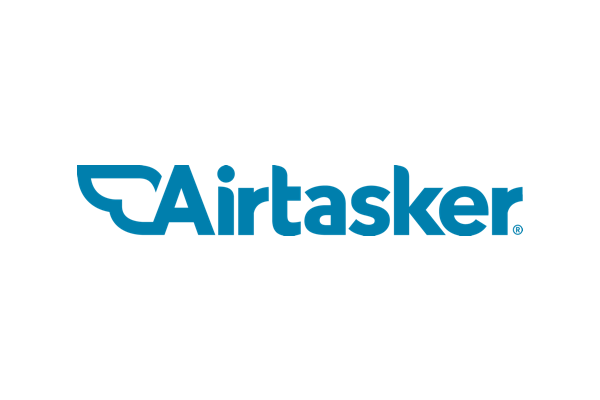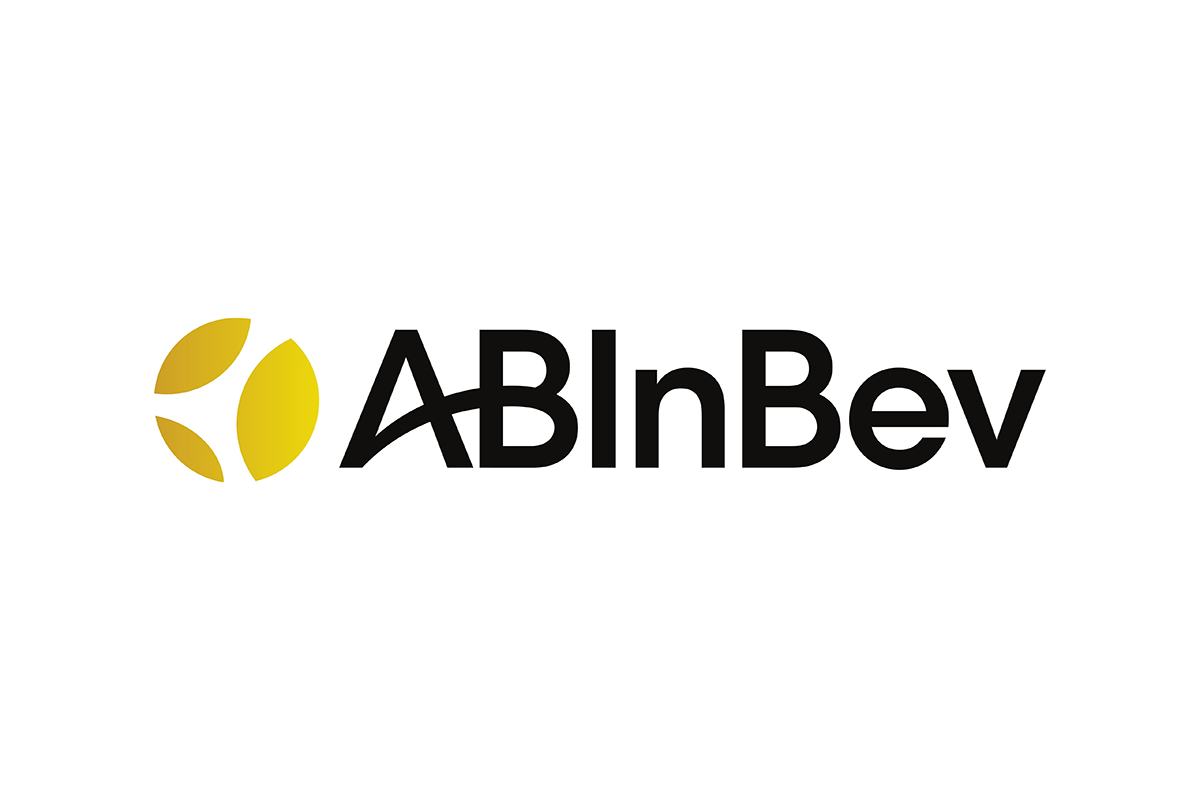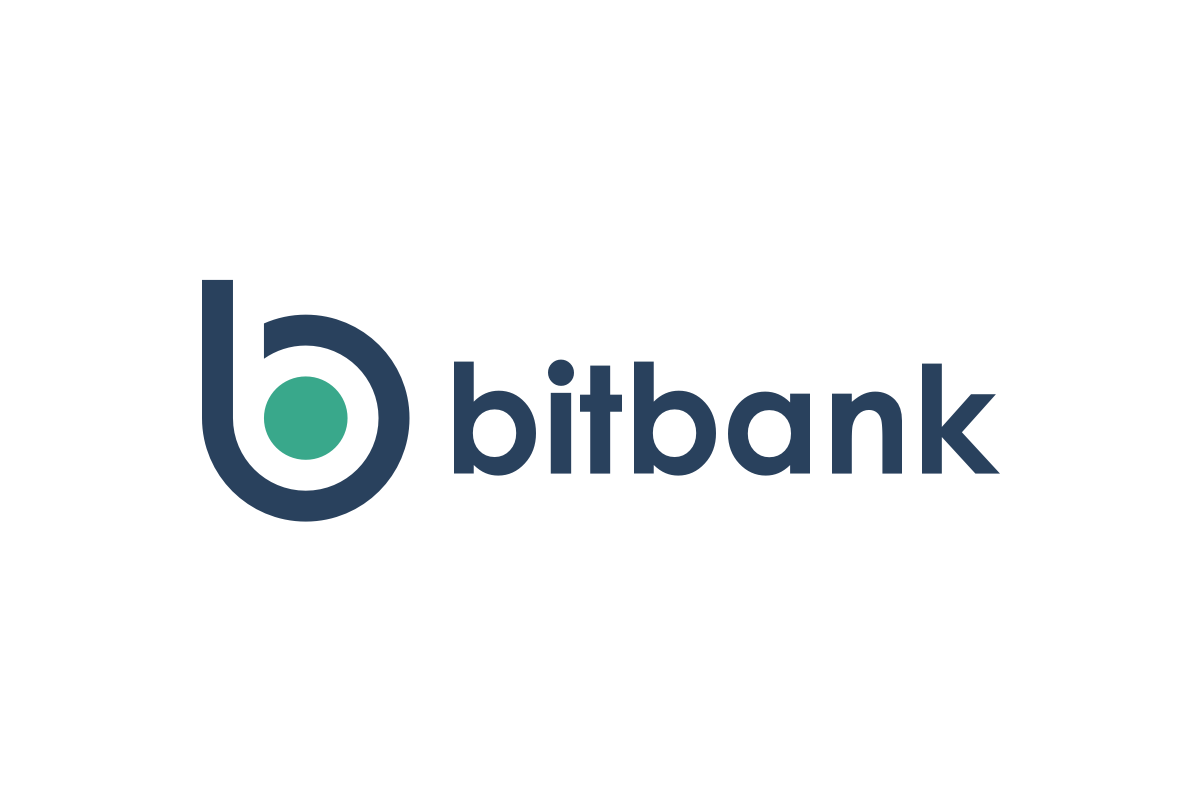
Get the report
More
In response to the unprecedented success of the Pokémon Go app, The Pokémon Company International (Pokémon) determined that it was time to bring the game’s development in-house. A major part of this venture was migrating much of the company’s technology stack to Amazon Web Services (AWS), and then establishing it as a core platform to support many other usages. For this project to succeed, it was also vital that the company fashion a top-tier security operations center (SOC).
After examining a number of alternatives, the company standardized on Sumo Logic’s born-in-the-cloud technologies to ingest and organize machine data from across its entire AWS portfolio. This also encompassed adopting a comprehensive set of dashboards, alerts, and other automated tools to continually monitor the threat landscape, which was bolstered by new, cooperative processes between the InfoSec team and business users.
By centralizing its machine data into Sumo Logic and applying automated responses to the vast majority of potential security incidents, Pokémon substantially enhanced its reactive capabilities. Beyond strengthening the company’s overall security, Sumo Logic has helped slash the amount of time necessary to conduct critical business operations.
Originally launched in Japan in 1996, Pokémon has mushroomed to become a global entertainment juggernaut. Around the world, hundreds of millions of people - from toddlers to seniors - eagerly follow the exploits of more than 800 characters such as Pikachu, Charmander, Jigglypuff, and Squirtle. Pokémon was established to oversee the property outside of Asia, and carries out responsibilities such as:
In 2016, the company unveiled Pokémon Go, an immersive augmented reality mobile app that transformed interactive gaming. Initially, the company expected that it would be downloaded between 50 and 100 million times. However, Pokémon Go quickly became an international cultural phenomenon: by early 2019 the total number of downloads surpassed one billion.
Pokémon Go was actually created by Niantic, a licensed third-party software company, but as the game continued its torrid growth Pokémon determined that the time had arrived to bring development in-house. This was to be a far bigger undertaking than merely shifting the obligations for maintaining the application. Instead, the company was committed to a thorough digital transformation that would require a fresh approach to the people, processes, and technologies that conducted its operations. For example, Pokémon technical organization expanded by a factor of ten to include an IT team, game developers, project managers, and DevOps.
Building out a top-notch InfoSec organization was a significant part of this endeavor. Unfortunately, in far too many enterprises the InfoSec team reflexively establishes an adversarial stance towards the business and can thus usually be expected to find a way to say ‘no’ to any user requests that might somehow impact the organization’s security. The upshot of these confrontations is that frustrated users find creative ways to cut the InfoSec team out of the loop – and thereby inadvertently introduce substantial security risks. The company selected John Visneski, an experienced information security veteran, to head up its brand-new InfoSec group. From the beginning, he wanted to follow a different path: his vision was that InfoSec should first be problem solvers and only then function as security practitioners. To bring this aspiration to life, selecting the optimal technology portfolio and instituting accompanying practices to fully leverage it was critical.
Prior to the launch of Pokémon Go, the company was already using Amazon Web Services (AWS) to host its website. As the game achieved unprecedented popularity, the organization was confronted with a massive spike in users, data, and scalability challenges. In conjunction with its plans to bring development in-house, Pokémon greatly expanded its AWS utilization to take better advantage of the platform’s rich assortment of integrated technologies. This established AWS as a common foundation for everything from game development to supporting retail point of sale operations.
Throughout this period, the InfoSec’s team primary mission remained the same: ensuring that the company’s customer data collection was securely managed and private, regardless of whether an individual is a child or an adult. Already challenging, this job was made far more complex because of factors including:
With the entire organization embracing the cloud, it was natural that the InfoSec team also seek its own set of cloud-hosted solutions, particularly those that lent themselves to real-time, automated security responses. This would make it much easier to flexibly cope with the new AWS technologies that were being aggressively implemented by the company, as well as the perpetually evolving threat landscape. The company assembled a highly skilled group – including three former National Security Agency Red Team members – to conduct a search for the tools that would form the backbone of its platform and security operations center (SOC). The evaluation team considered numerous offerings, but eventually narrowed the quest down to products such as Splunk, Sumo Logic, and LogRhythm.
Sumo Logic won the appraisal thanks to how well it addressed a number of critical business and technical prerequisites. Most importantly, Sumo Logic’s cloud-native architecture and seamless integration with AWS and third-party tooling meant that the company’s technical and security ideals would be in complete alignment. Additionally, during the assessment Sumo Logic demonstrated a ‘can-do’, collaborative attitude, which gave the InfoSec team the confidence necessary to commit to a core long-term relationship.
The Sumo Logic rollout proceeded quickly and immediately began to validate the founding doctrine of the company’s InfoSec organization. The user community appreciated that the newly available tools, processes, and automation – backed by a culture of collaboration – provided far greater visibility into the large volumes of data that were generated every day. These fresh insights went far beyond merely protecting information; they were instrumental contributors to the company’s overall success. Consequently, other parts of the organization began clamoring for access to Sumo Logic not long after the first phase of the rollout was complete. This enthusiasm also helped the InfoSec organization to integrate their technology stack across the entire enterprise.
A methodology known as the Observe, Orient, Decide, and Act loop (OODA) is at the heart of how Pokémon’s SOC operates, and has also concurrently been embraced by Sumo Logic itself. This approach – originally defined by a U.S. Air Force fighter pilot and eventual Pentagon consultant named John Boyd – relies on superior speed and agility when confronting an adversary – whether in air-to-air combat or battling an unending army of hackers. Deploying Sumo Logic in concert with AWS supplied the InfoSec team with the right set of tools, platform, and actionable guidance to shrink its OODA loop by standardizing on the most effective processes for responding to threats.
The tandem of AWS and Sumo Logic have delivered tangible benefits throughout the company. Three of the most notable examples are:
Sumo Logic and AWS have been instrumental in elevating both the visibility and credibility of the InfoSec organization. Business users have come to recognize that this group is sincerely interested in the company’s overall success and not just fixated on risk mitigation. The result is that InfoSec is now invited to participate in the earliest phases of a new initiative, which helps “bake-in” security from the start rather than treating it as an afterthought.
At the outset, the company originally chose Sumo Logic as its machine data platform because of the product’s flexibility combined with the vendor’s willingness to commit to a partnership. Over time, the relationship has strengthened and deepened: along with providing attentive customer support, Sumo Logic regularly briefs Pokémon on its product roadmap and actively solicits feedback - just as AWS does. This has laid the groundwork for applying Sumo Logic’s advanced analytics and automated machine learning capabilities for even more use cases going forward.


